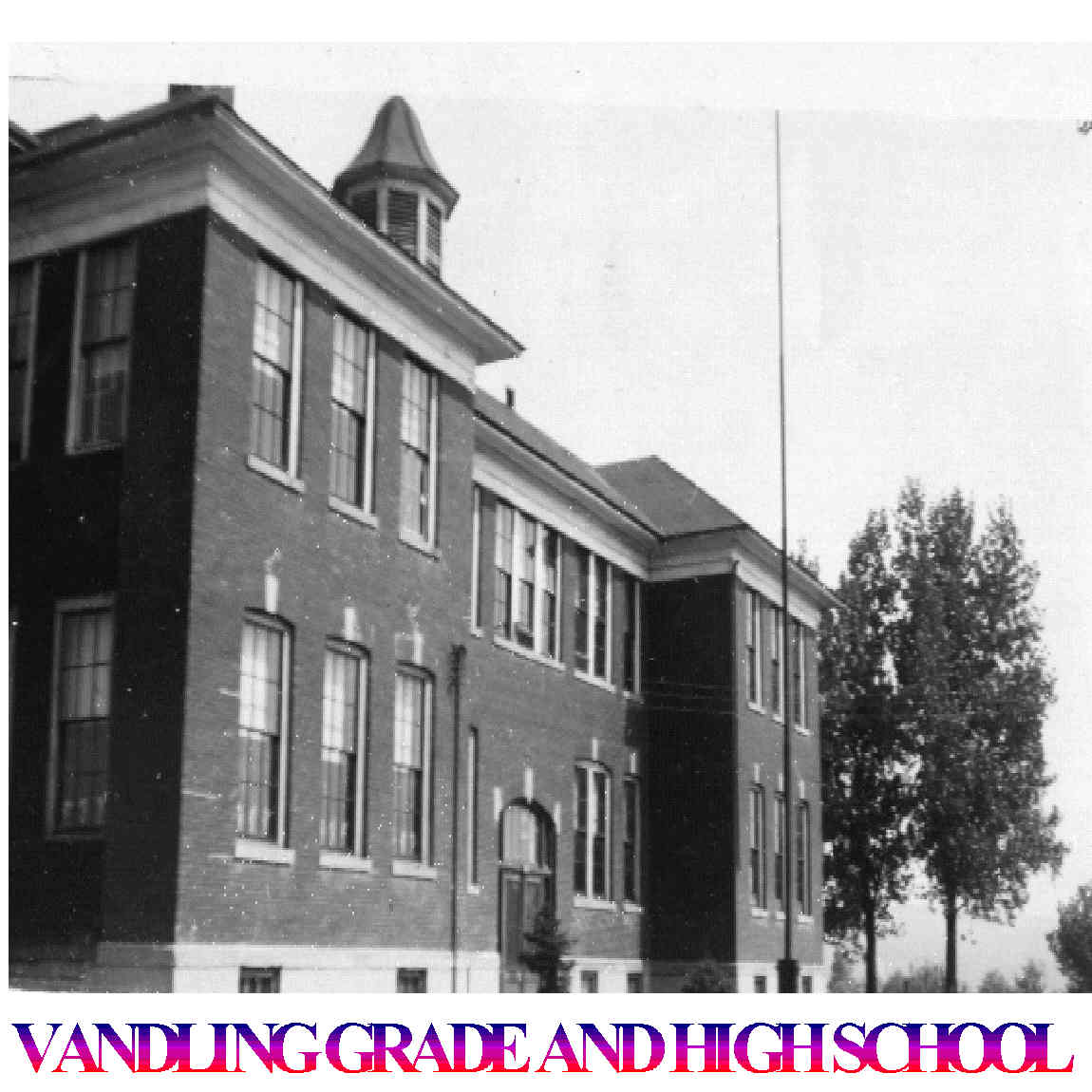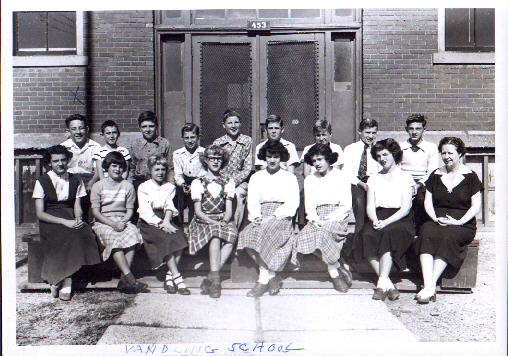VANDLING CELEBRATED ITS 100TH YEAR IN 1999.
VANDLING CELEBRATED ITS 100TH YEAR IN 1999.
According to Ann Coar Crowley, Centennial historian, Vandling was originally a lumbering community. Coal was later discovered about 1864 and was near the surface for easy mining. Still later, engineering studies showed that the Northeastern US coal veins begin near the Forest City area in shallow depths and proceed southwest toward West Virginia at deeper depths. Coal became the more important commodity in the Vandling area since it was located in shallow depths and was easier to mine. In the 1940's and 50's with the advent of larger machines, strip mining became popular in this region as a method of extracting the shallow depth coal.
Ann Coar Crowley's research indicates that in 1903, Vandling was a thriving community with 2 hotels (one owned by Peter Butler), 3 meat markets, boarding houses, a drug store, a blacksmith shop, 2 boot and shoe shops, a barber shop, a hat and dress shop, and 4 general stores (Kennedy's, Korsec's, Barthomaly's, and one other). In addition to the fire company, the town had a Drum and Bugle corp. In 1894, the town had a chinese laundry.
The first European settlers may extend back to the eighteen century or earlier. According to Ann's research, the Vandling area in the late 1800's was called Clintonville, perhaps after the Clinton Coal Colliery. In 1899, a group of residents petitioned to incorporate their community as a Borough. Ann's research indicates that the town was named after Abraham Vandling, a benevolent mine boss. Abraham donated $100 to build the church at the intersection of Clinton and Main Street, commonly known as the "Y". Vandling became a settlement for many ethnic immigrants that came to the U.S. seeking a better lifestyle. The primary industries were coal mining, factories, and mills. Support occupations were merchants, restaurants, bars, etc.
Vandling was constructed on the side of a hill with three primary streets: Hillside, Main, and Clinton. There was an additional section of roadway known as the Boulevard which had one row of houses. Coal was mined between Richmondale and Vandling and transported to the railway cars below Clinton Street. The small coal cars passed by the "Greenie Pond" then into a concrete tunnel which ran under Oak Street and then toward the railway tracks where the coal was loaded onto railway cars.
A silk mill existed in the area where the Vandling Playground is located today. This provided employment for the area. Other employment was the building of the Stillwater dam and working in mines between Carbondale and Old Forge. Because there was no refrigeration during that time period, milk and other fresh produce were obtained daily. There were delivery wagons as well as the option to purchase these items in the stores. Modes of transportation were horse & buggy, automobile, and a trolley car which ran to Scranton from Forest City.
A
170 page book about the history of Vandling and its colorful residents
has been published and is available. Copies
are available at the Ros-Al Flower show in Forest City for $25.
To have a book shipped to you
send $25 plus $4.00 for shipping and handling to:
A painting entitled "A Look Back" was donated by the artist, Martha Matos. The painting depicts businesses, social activities, and educational environments. This painting will be displayed in the Vandling Borough Building. To view a reproduction of this painting with annotations, click here: PAINTING
A series of pictures of some
previous buildings in Vandling which once housed the Post Office, Grocery
Stores, Bars, Car Dealership, Factory, Barber Shop, Schools, Silk Mill,
and the Greenie Pond can be seen by clicking here: BUILDING
The
Centennial Committee listed below planned the events for this celebration.
Harry Malsch
Chairperson (570-785-5673)
Treasurer:
Elaine Malsch
Secretary:
Sue Coleman
Time Capsule: Rick Kulasinsky
Click
here for more info
Dinner/Dance: Mary Pucil
Parade:
TBA
Historical:
Ann Coar Crowley
Publicity:
Tom Yadlosky
Stock Certificates: Beverly Yadlosky
Fundraisers:
Sharon Collins
Ad Book:
Linda Richards
Ice Cream Social: Jackie
Carnival:
Willy Peterlin &
Frank Orehek
All activities were a huge success.
Several hundred people crowded
into the St. Basil's Hall in Simpson, PA for the dinner dance. Attendees
came from all part of the US, including California, Connecticut, Florida,
etc. An hour long presentation was made to commemorate the Centennial Celebration
and to honor those who were the major participants in this event. Thomas
J. Pelick, a Vandling Native, and a Penn State University Professor in
Engineering Research was the Master of Ceremonies.
Commerative Vandling T-shirts were
available (green with Logo). Adult sizes M-L-XL $10.00
XXL $12.00
Other commeratives are gold
rimmed beer mug with logo for $10.00, and yo yo's with logo for $3.00.
Mail Orders were taken by Sue Coleman.
Her phone number is (570) 785-5548 or the Vandling Office (570) 785-5070.
Postage is extra if mailed.
Events included Parade,Picnic/Barbeque,
Ice Cream Social, Dinner-Dance, Wiener Roast for Children,and others.
Click
here for more information


L to R back row: Don Pelick,
Jack Williams, Edwin Bailey, David Murnin, Bob Sherwood, Tom O'Pecka, Joe
Riestetter, Tom Yadlosky
L to R front row: Marge Menart,
Shirley Armstrong, JoAnn Suponcic, Mary Tenninas, Jean & Joan Christina,
Fern Painter, Alma Marley
Pictures taken in late 40's by Tom Pelick
For further information on the VandlingCentennial
events, contact the Chairpersons listed above.
Please address comments on this web
page to
Tom Pelick, Webmaster
TPelick@psu.edu